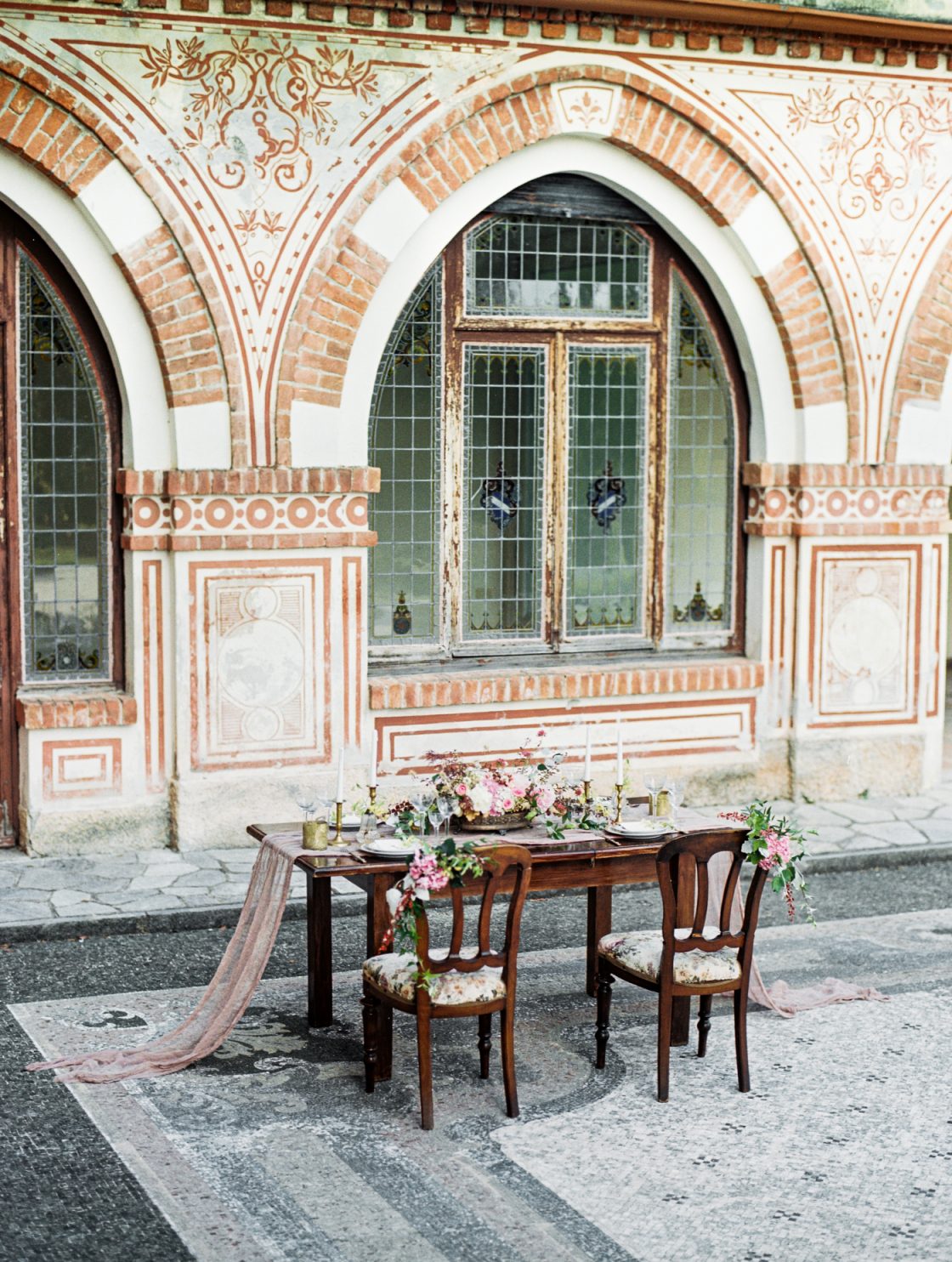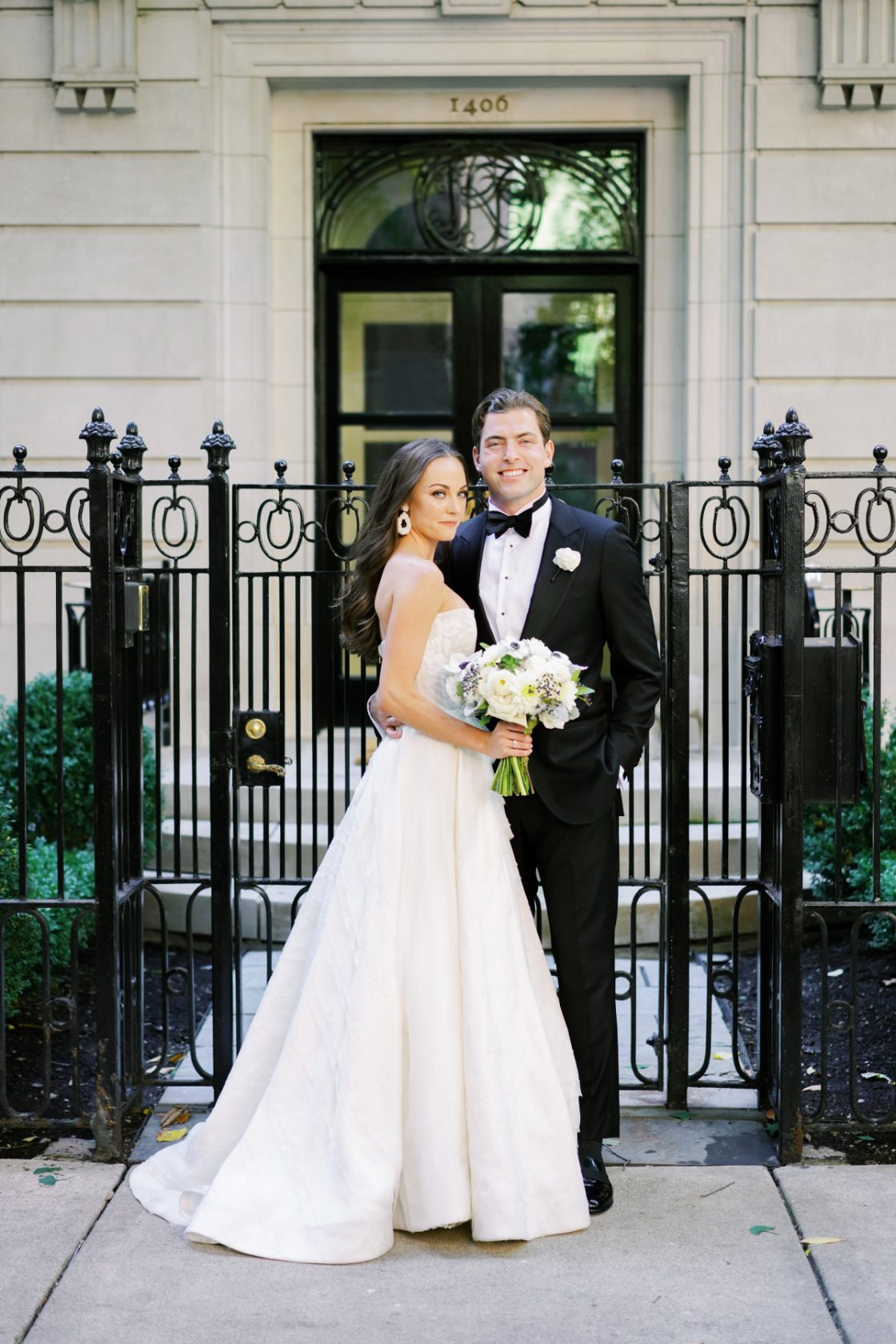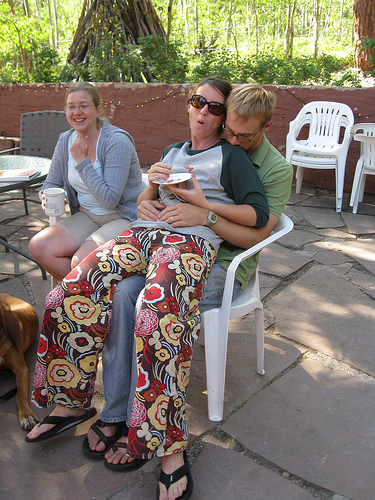My friend got engaged a few months before I did. By the time I baked a celebratory engagement cake and showed up on her doorstep, she had already purchased several bridal magazines and started a file folder to capture all her wedding ideas and inspiration.
Instead of starting with the details–dress, flowers, centerpieces, invitations–Matt and I took a different approach while planning our $2,000 wedding. We headed to a good Mexican restaurant to brainstorm our goals and vision for our wedding.
As a teacher, I learned to create lesson plans though a backwards-design approach. The idea is to start with the end vision first. You ask yourself, “What do I want students to know and be able to do by the end of this lesson?” Once you’ve answered that question, you can then plan the smaller activities that align with the end goal.
Matt and I applied the same approach to our wedding. We wanted to figure out the big picture before we let ourselves dwell in the details.
Over chips and salsa, we reached consensus about the goals of our wedding:
- We want to bring family and friends together to reconnect and form new friendships.
- We don’t want the experience to feel overly-orchestrated. It’s a celebration of our love, not a show.
- We will fight consumerism by spending only $2,000 max. The Wedding Industrial Complex is conspiring to make us think we have to spend more money. But we want to make the event special with sincerity, not money. Plus, we need to save money for a house.
- It will be good for the environment and connected to nature.
- We want to have real time to spend with guests. We want to be able to spend quality time with our friends and family. We don’t want to follow the traditional pattern of a few wedding “events” where the bride and groom only have time for a “meet and greet”: rehearsal dinner, reception, brunch the following morning. We want more of a family and friends reunion. (Side Note: One of my favorite memories from the wedding was waking up and eating the homemade breakfast provided by the B&B. My friends and I just sat and talked for two hours every morning.)
- We will make all the decisions ourselves so our wedding represents us (hence another reason why we need to pay for it ourselves).
- We only want to be surrounded by our closest friends and family.
- We want to be relaxed and fully present.
Our goals helped us stay focused on what really mattered to us throughout the entire process. For example, when we were working on the invitations, I was convinced that we had to have photo stamps. I couldn’t imagine anything cuter than our faces on a postage stamp. But it wasn’t in the budget. And frankly, when I reviewed our eight goals, I just couldn’t seem to connect the photo stamps with a single one. Darn.
Early on in the wedding planning process, there were other factors that complicated things. Namely, my mother-in-law. She was kind enough to help us search for locations, but she kept pushing us toward venues that were way out of our budget. Being the amazingly nice and generous woman she is, she continuously offered to help finance the wedding. However, we didn’t want to violate Goal #6. We knew that as soon as we accepted financial contributions, we would be forced to widen the circle of decision-makers from two to four. And the wider that circle gets, the more difficult the process is and the more likely the wedding starts to represent our parents’ tastes and preferences instead of ours.
Needless to say, those first few weeks were a bit stormy. Luckily, we anchored ourselves with our goals and hunkered down for the bumpy ride.



